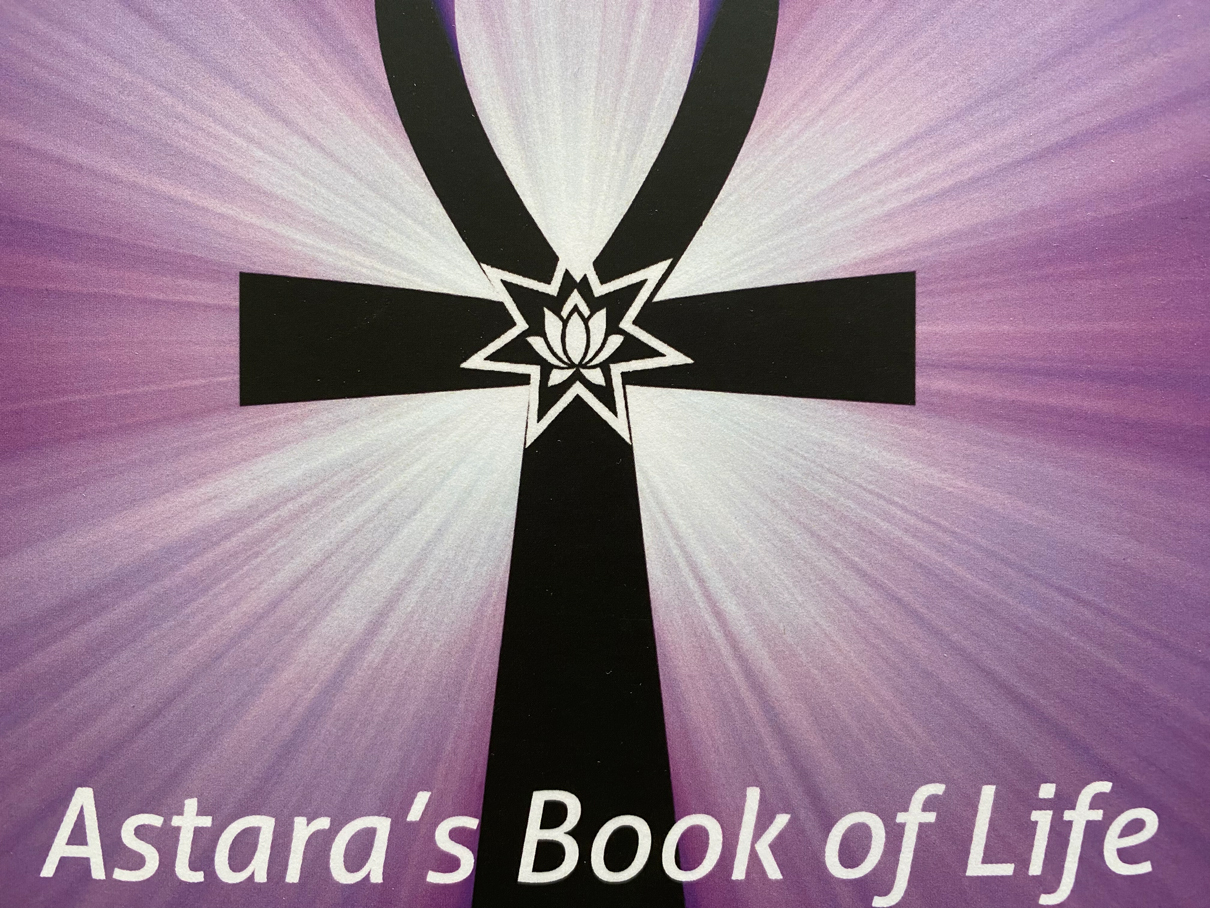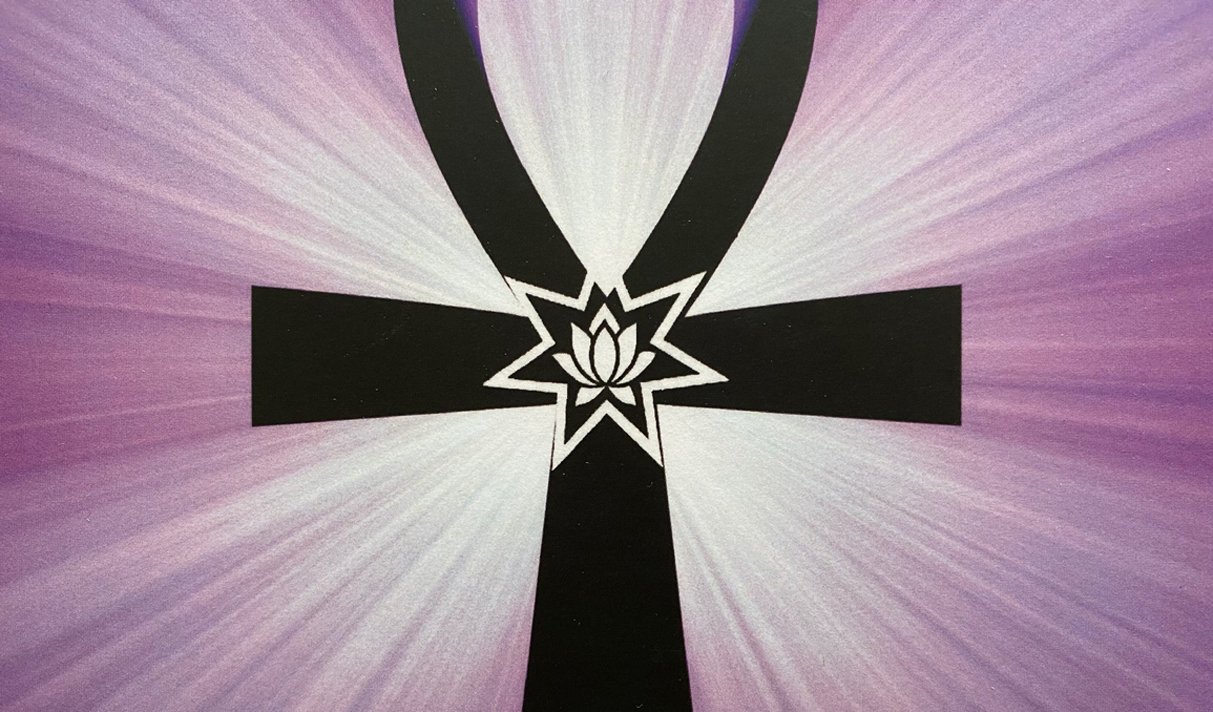Writing a review of Astara’s Book of Life – First Degree, which contains 22 lessons of about 20 to 22 pages each, started as a somewhat daunting task.
These lessons, provided by Earlyne Chaney, are not easy-breezy quick reads; they offer a wealth of esoteric spiritual content that is often deep, containing ancient wisdom that begs a slower digestive process. The lessons appear to reveal concepts that have been hidden or clouded for centuries, protected by both ancient and modern esoteric spiritual mystery schools.
Chaney reportedly transcribed the content of the lessons as they were being channeled to her by spiritual teachers and guides. That idea may be difficult to digest for some readers, but it is worth giving the book a chance. Her method for capturing the information also included additional research, and the perseverance to break down difficult concepts and convey these ideas in a way that would be understood by today’s readers.
A glimpse into certain aspects of the history of human evolution is also provided, for context. This helps round out topics such as the multiple planes of our solar system and constitutional layers of human beings (physical, etheric, astral, emotional, mental and causal) — which, according to the author, exist at varying levels of vibration.


Chaney also talks about the chakras (energy centres) that interpenetrate our physical body and influence our physical health. And she places a heavy emphasis on healing, which is considered to be an important part of spiritual development. For this reason, the lessons include meditation exercises, breathing and yoga techniques, and general and self-healing practices in her lessons — “healing,” referring to improving one’s state of spiritual and/or physical well-being.
The exercises provided in the book are not intended to replace traditional medicine that is focused on the physical body. Rather, they are meant to help enhance traditional means in order to impact the individual holistically, on multiple levels.
The lessons are also embedded with deeper meanings behind symbols and parables that have endured over time in many religions: the serpent of the Caduceus, the Tree of Life in Jewish scriptures of the Kabbalah, and statements attributed to Jesus in the Christian Bible, to name a few.
Discussion of the nervous systems and spiritual cords are woven into initial coverage of the process of death from the physical body, its bardo and path into rebirth, and karma — topics that may seem controversial to some people, but are comforting to many readers of the Astara lessons.
And sprinkled throughout the degree lessons are gentle nudges to help the reader work on character development through the virtues of humility, love, patience, persistence, tolerance, mental focus, will power, service, tithing, and forgiveness. There is also an emphasis on the impact these things can have on our physical health and spiritual development, tying in nicely with a focus on spiritual and physical well-being.
Who should read these lessons?
This book is a fascinating treasure chest of deeper and broader perspectives on old and new spiritual/esoteric concepts. The content of these lessons will be quite fresh and enlightening to many readers. On the other hand, some of these concepts might challenge ideas previously taught to modern day readers, so an open mind and exploratory attitude is required to truly benefit from the lessons.
It is also worth noting that the process and approach that Chaney used to write these degree lessons, and subsequently her approach to helping form the Astara organization, has been to embrace followers of all religious faiths and philosophies — to “find a common spiritual philosophy of life under one banner.”
Chaney strongly stated that Astara should not be thought of as the only source for esoteric spiritual information, but as one of many channels for the distribution of ancient mysteries to interested individuals.
Astara is a mystery school based on the theosophical writings that were given to Earlyne Chaney. These are similar to the theosophical writings of authors such as Alice Bailey and Annie Besant, which are based on the mechanics of how a person can spiritually grow and evolve.

